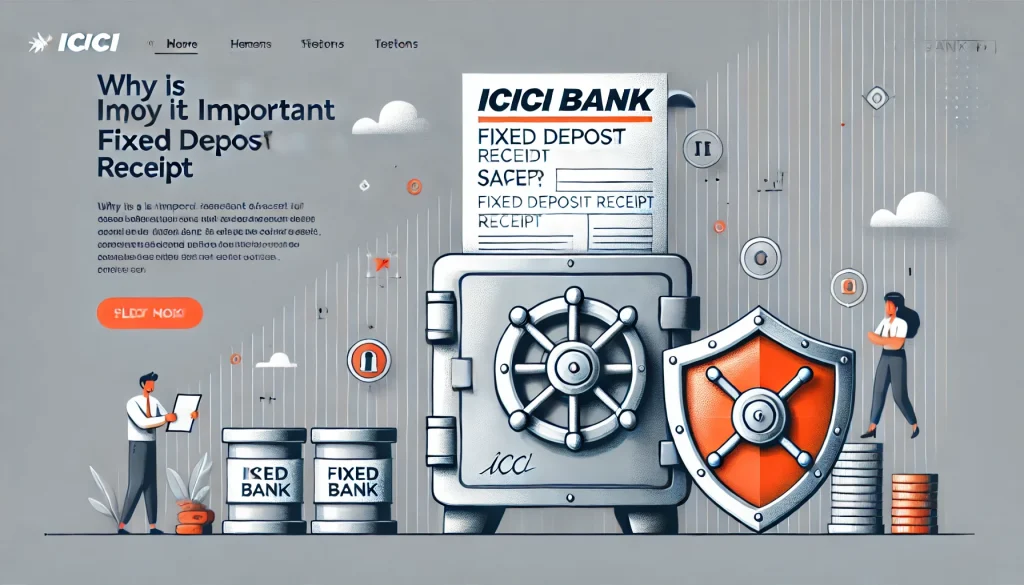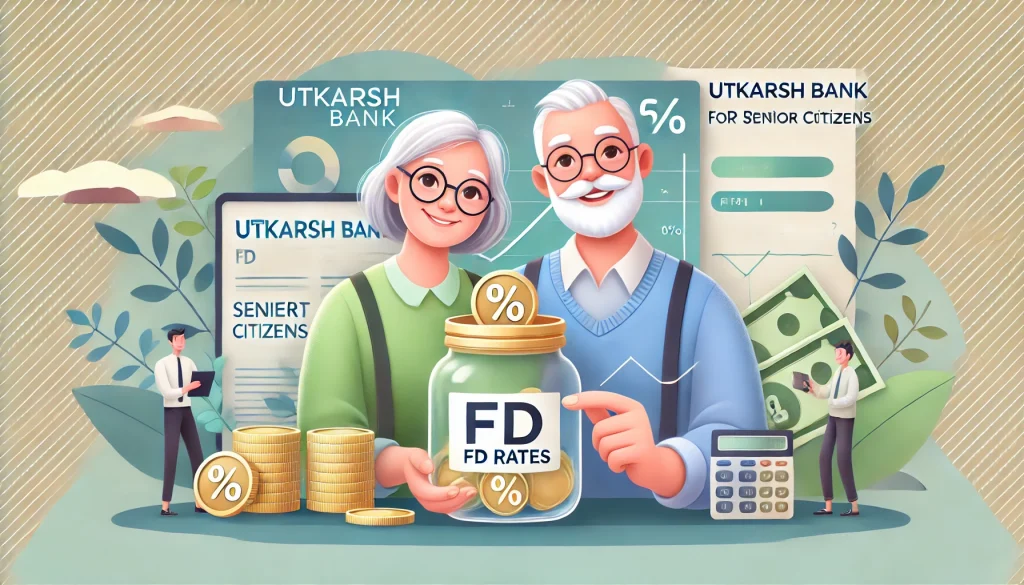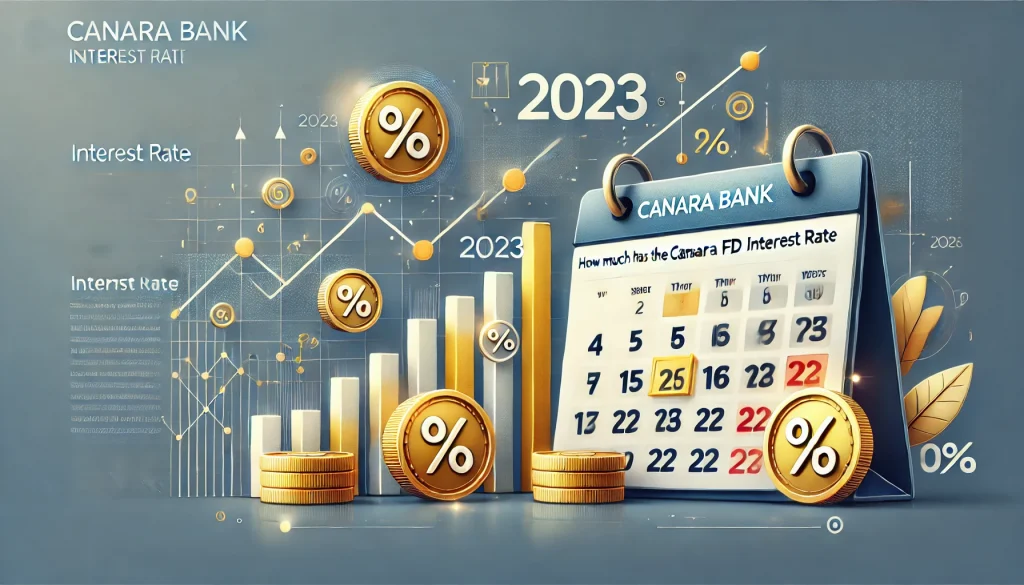
Investing money wisely is a crucial aspect of financial planning. When it comes to choosing the right investment options, Fixed Deposits (FD) and Systematic Investment Plans (SIP) are two popular choices among individuals. While both offer potential returns and secure investment avenues, they differ significantly in terms of features, benefits, and suitability for various financial goals. Let’s delve into FD vs SIP, and explore the differences between FD and SIP.
What is FD?
Fixed Deposit (FD) is a financial instrument offered by banks and non-banking financial companies (NBFCs). It involves depositing a fixed sum of money for a specified period at a predetermined interest rate. At the end of the tenure, the investor receives the principal amount and the accrued interest.
What is a SIP?
A Systematic Investment Plan (SIP) is an investment strategy in which individuals invest a fixed amount at regular intervals in mutual funds. Rather than investing in a lump sum, SIP allows investors to spread their investments over time, mitigating the impact of market volatility. SIPs offer the benefit of rupee cost averaging and allow investors to benefit from the power of compounding.
Advantages of Fixed Deposits
- Guaranteed Returns: FDs offer a guaranteed return on investment, ensuring capital preservation
- Low Risk: FDs are considered low-risk investments as they are backed by the bank’s reputation and often come with insurance coverage
- Stable Income: The fixed interest payout can serve as a steady source of income
- Flexible Tenure: FDs have flexible tenure options ranging from a few months to several years
Advantages of SIP
- Rupee Cost Averaging: SIPs help mitigate the impact of market volatility by buying more units when prices are low and fewer units when prices are high
- Flexibility: You can start a SIP with a small amount and increase it gradually at your convenience.
- Professional Fund Management: SIPs provide access to professional fund managers who manage the investment portfolio.
- Long-Term Wealth Creation: SIPs, when invested over the long term, have the potential to generate substantial wealth due to the compounding effect.
Difference Between FD vs SIP in 2024
| Feature | Fixed Deposit (FD) | Systematic Investment Plan (SIP) |
| Investment Method | Lump sum investment of a fixed amount | Regular investments of a fixed amount |
| Returns | Assured returns with fixed interest rates | Market-linked returns based on the performance of mutual funds |
| Risk | Low risk | Subject to market risks |
| Lock-in Period | Generally has a lock-in period, restricting premature withdrawals | Generally does not have a lock-in period |
| Liquidity | Limited liquidity during the lock-in period | Flexible liquidity, allowing partial or complete redemption |
| Tax Implications | Interest earned is taxable as per the income tax slab | Tax benefits available in certain schemes (e.g., ELSS) |
| Investment Approach | Conservative approach with a fixed investment amount | Disciplined approach with regular investments |
| Flexibility | Limited flexibility to modify investment amount | Flexibility to increase, decrease, or pause investments |
| Suitable for | Risk-averse investors with short-term goals | Investors aiming for long-term wealth creation and growth potential |
Key Differences between FD and SIP
While both FDs and SIPs are investment options, they have several crucial differences that investors should consider before making a choice:
1. Liquidity
FDs are less liquid compared to SIPs. While FDs have a fixed tenure, premature withdrawal can result in penalties and reduced interest earnings. SIPs, on the other hand, offer more liquidity as you can redeem your investments at any time, subject to exit loads in some cases.
2. Taxation
FD interest is taxable as per your income tax slab, and Tax Deducted at Source (TDS) may apply. In contrast, the tax implications for SIPs depend on the type of mutual fund and the holding period. Some mutual funds offer tax benefits under specific schemes like Equity-Linked Savings Schemes (ELSS).
3. Flexibility
FDs come with a fixed tenure, and it may be challenging to withdraw the invested amount before maturity.
In contrast, SIPs offer flexibility as you can start, stop, increase, or decrease your investment amount at your convenience.
4. Interest Rates
FD interest rates are fixed at the time of investment, offering a predetermined return throughout the tenure. In SIPs, the returns are not fixed and are subject to market fluctuations, which can result in varying interest rates.
5. Tenure
FDs offer flexibility in choosing the tenure, ranging from a few months to several years. SIPs do not have a fixed tenure and can be continued for the long term as per your investment goals.
Factors to Consider When Choosing Between FD and SIP
When deciding between FD and SIP, several factors should be considered:
1. Financial Goals and Time Horizon
Consider your financial goals, such as short-term or long-term objectives. If you have specific financial milestones or plans for the near future, an FD might be more suitable. For long-term goals like retirement planning or wealth creation, SIPs can offer better growth potential.
2. Risk Tolerance
Evaluate your risk appetite. FDs are a safer choice if you are risk-averse and prioritise capital protection. However, if you have a higher risk tolerance and are willing to endure market volatility, SIPs have the potential to generate higher returns over the long term.
3. Liquidity Requirements
Assess your liquidity needs. If you anticipate the need for immediate access to your funds, FDs may not be the ideal option due to their lock-in periods. SIPs provide more flexibility, allowing you to redeem your investments partially or completely whenever required.
4. Tax Planning
Consider your tax planning requirements. If you aim to optimise your tax liabilities and take advantage of tax deductions, SIPs invested in ELSS funds can be beneficial. However, if tax-saving is not a priority, FDs may suffice for your investment needs.
FD vs SIP: Which is the Right Choice for You?
When it comes to deciding between FD vs SIP, it completely depends on various factors such as risk appetite, financial goals, and investment horizon. Here are a few scenarios to help you make an informed decision:
- If you are risk-averse and seek stable returns with minimal risk, FDs may be a suitable option for you.
- If you have a long investment horizon and are willing to take calculated risks, SIPs can offer the potential for higher returns over the long term.
- If you require regular income to meet your financial obligations, FDs can provide a predictable income stream.
- If you want to build wealth over time and have the flexibility to increase or decrease your investments, SIPs may be a better choice.
Ultimately, assessing your financial goals, risk tolerance, and investment preferences is crucial before deciding. Consulting with a financial advisor can also provide valuable insights based on your specific circumstances.
Conclusion
When it comes to investing, choosing between FDs and SIPs requires careful consideration of your financial goals, risk appetite, and investment horizon. FDs offer stability and capital preservation, while SIPs provide the potential for higher returns and wealth creation over the long term. By understanding the differences between FD vs SIP, and the pros and cons of both investment avenues, you can make an informed decision that aligns with your financial aspirations. Remember, it’s always advisable to consult with a financial advisor to tailor your investment strategy to your unique circumstances.
FAQs
FDs are taxable under the income tax slab applicable to the investor. The interest earned is added to the investor’s income and taxed accordingly.
Yes, most FDs allow premature withdrawals; however, they may attract a penalty in the form of reduced interest rates.
SIPs are typically recommended for long-term goals, as the power of compounding manifests over time. For short-term goals, alternative investment avenues may be more appropriate.
Yes, investors can switch between different SIP funds based on their investment objectives. However, exit loads and tax implications may apply.
Yes, several financial institutions provide the facility of availing loans against FDs, offering liquidity without prematurely breaking the investment.
In the event of a market crash, the value of SIP investments may temporarily decline. However, investors can benefit from the subsequent market recovery by staying invested and continuing with the SIP.
Disclaimer
This article is solely for educational purposes. Stable Money doesn't take any responsibility for the information or claims made in the blog.


